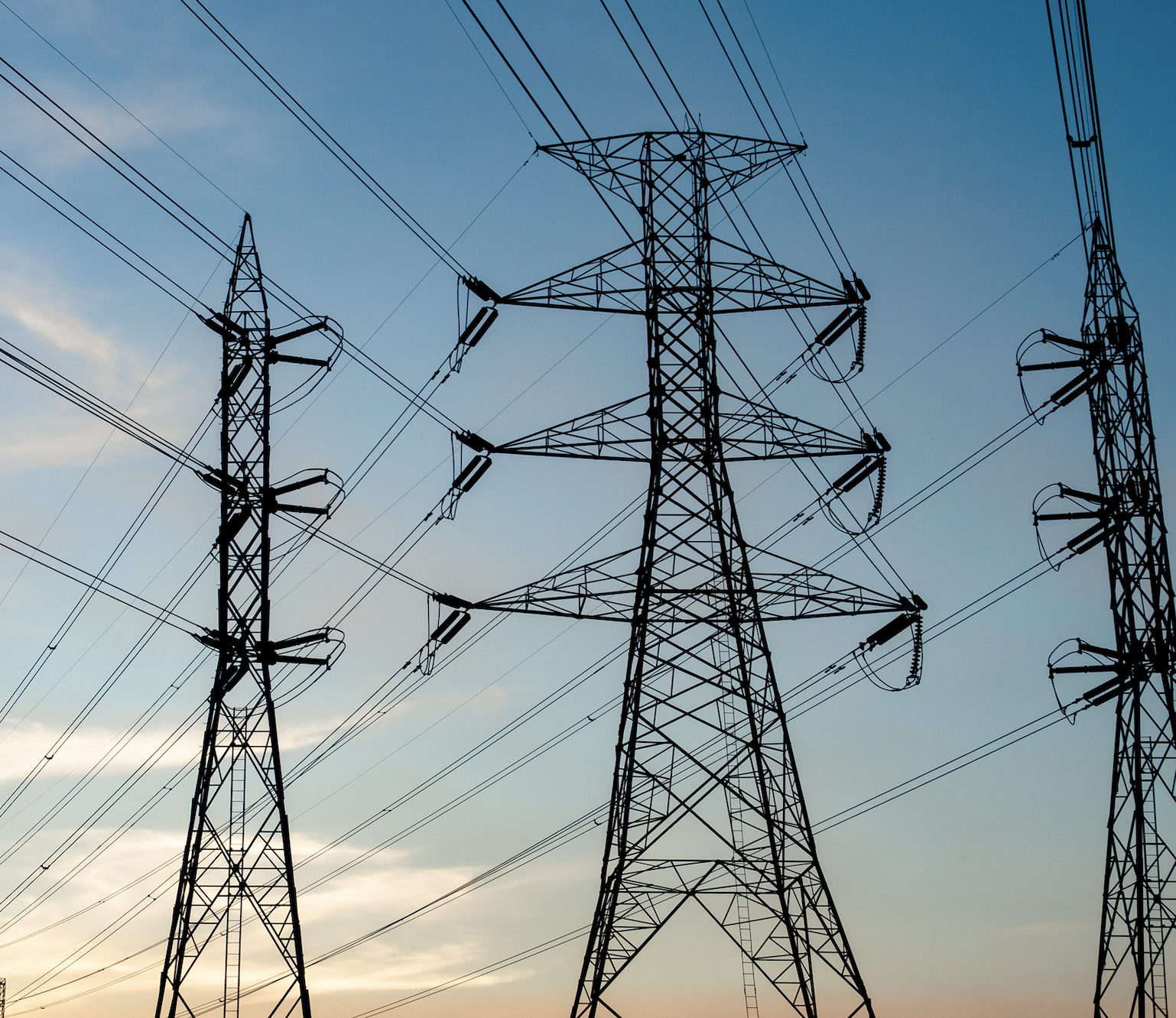The following are some of those traps that, while they might seem obvious, are mistakes that have been, and continue to be made by new generation developers in managing the grid connection process.
1. Don’t treat networks like the enemy
Too often, while working within a network business, we would see developers treat the networks like the enemy. It seemed only by defeating the network could a developer ‘win’. This approach no doubt came about because working with a monopoly network was considered a necessary evil. Grid connections were considered a grudge purchase where the developer had to pay the network a stack of money for the connection with no ability to choose a preferred provider. While rule changes have introduced some competition in this space over the past few years, Networks are still in a monopoly position in many respects. This means there are areas in which developers have little choice but to work with the jurisdictional Network Service Provider (NSP).
Is it important to recognise however that being a monopoly is a two-way street? Developers might have little choice, but neither do the NSPs.
The National Electricity Rules (NER) mandate networks to work with all new connections, regardless of whether they consider a project has a low probability of success. Networks are obligated to work with all comers. This all takes time, effort, brainpower, and willpower. So, with that in mind, it is critical to work closely and collaboratively with the incumbent NSP. Treating networks as a critical part of the project team will go a long way to achieving a successful development. And remember, the people inside the networks have significant experience in new connections and can be a great source of knowledge for developers. They’ve seen it all, so treat them like a true project partner.
2. Early Network Engagement
In addition to treating network businesses like a partner in your project, it is crucial to engage with the incumbent NSP as early as possible. It isn’t uncommon for developers to leave network engagement (and engagement with other stakeholders for that matter) far too late in the development process. They would then impose unreasonable expectations on the network in terms of supporting an aggressive development schedule.
Yes, networks might charge for their time when they get into the detail of processing connection enquiries and applications (remember they have to deal with all developers, so it’s not unreasonable that they charge for the associated effort), and this might be partly to blame for reservations in engaging with them. Often though you can grab them for a friendly coffee, give them an intro to your project and ask for some friendly advice, at no cost.
At worst this early engagement would come at a relatively low cost considering the value that early engagement can provide. Understanding the grid connection risks early will give you time to manage/mitigate them. Likewise understanding the timeframes for processing the network connection can assist you to build a realistic project schedule, and aligning the grid connection to your key project milestones. This all helps to manage expectations and reduce surprises.
One final point to consider here however is the criticality of being well planned before engaging with the Networks. Unplanned, adhoc engagement can risk sandbagging an undesirable position or lead to a loss of credibility with the NSPs. So while early engagement with the NSP is critical, detailed upfront planning is even more critical.
3. Avoid the 10/50 Rule (10% Cost, 50% effort)
As a general rule, connection costs account for up to 10% of a development Capex budget. Managing the connection process itself, however, can take up to 50% of a developer’s time and effort. This level of effort is disproportionate to the representative value of the gird connection. Typically, this significant amount of time invested in the connection process is due to getting the process wrong or starting it too late. Without a clear strategy to navigate the connection process, things do and will go wrong and developers will fall into the trap of having to spend considerable effort to recover the network connection process.
By limping through a connection process without enough planning and thought, it is almost guaranteed that this complex process will create a significant distraction for the development team. This distraction comes at a high cost for the project as higher value project streams may be neglected by the developer. Imagine if more time could be channeled into the EPC negotiation and contract management, where the saving of a few % in Capex may account for more than the total value of the grid connection.
Likewise focusing effort on reducing EPC risk or identifying efficiencies in EPC timeframes is where project resources are better focused. In contrast, achieving a small % in savings on the connection process will deliver only a small fraction of a % in overall project savings and the time delays in achieving these savings could quickly swamp any gains made.
Executing the correct grid connection strategy can often result in savings or efficiencies in the grid connection without compromising the greater project outcomes.
4. Land is cheap – Well, cheaper than building transmission lines
While a great price on a parcel of land for development may seem too good to be true, the reality is, as the saying goes, if it seems too good to be true, it probably is. You wouldn’t believe the times we have heard from a developer their father’s, cousin’s, best mate’s sister has a paddock in the middle of nowhere that they have managed to secure cheap land and so thought to themselves “We think we will plonk a renewable energy project here”. Great idea, but how far away is the network? You need a network to connect large-scale generation. Often in Australia, great plots of land with good wind or solar resources are miles away from the network, and perhaps even further away from any network with decent capacity.
Don’t get caught out by low-cost land because building expensive transmission lines back to the network or local network reinforcements will quickly swamp any savings you might make on land acquisition. We should point out that by no means Clutch is a land acquisition expert, however, our team is aware the cost of rural land is a lot cheaper than transmission costs. Projects requiring significant transmission components have rarely been successful.
But be careful because the transmission network will need to have suitable spare capacity and system strength (amongst other things) at your proposed point of connection. Just because there is a transmission line running across your paddock doesn’t mean you have a suitable, low-cost connection. We have seen developers having to ignore the nearby transmission line and build kilometers of new transmission to another part of the network with capacity.
A surprise for the developer at the time which could have easily been identified early with the appropriate planning.
5. Negotiation of connection agreement terms
As mentioned earlier, monopolies are a two-way street meaning the incumbent, monopoly NSPs also are forced to deal with the developers? It’s because of this fact that NSPs will often only accept terms in connection agreements that are heavily weighted in their favour. For this reason, it’s important not to die in the ditch over relatively minor commercial terms in connection agreements. Time and time again we saw developers arguing a specific commercial term for months, that ultimately would have a very little practical impact and a monopoly NSP would never have shifted on anyway.
Meanwhile, weeks or months have passed, and the connection of the project is delayed. In line with the 10/50 rule mentioned earlier, this is the low-value area of your connection, so get on with it and don’t let this process drain the brainpower and time of the development team. It is critical to work out what is worth negotiating, and what isn’t. NSPs might move on some things, and won’t move on others, period. It is sound practice to challenge unfavourable commercial terms, but it’s critical to understand what’s worth chasing and what isn’t.
This might sound like simple negotiation 101, but it’s not always evident. And at the end of the day, while contractual terms proposed by the NSPs might not be ideal, it is extremely rare for any connected projects to be significantly impacted by unfavourable commercial terms.
In Conclusion
As we have hopefully made clear, new generator development in the NEM is extremely challenging and grid connections specifically are one of the more complex and risky project development areas. Successful developers are those that acknowledge the difficulties in successfully leading a grid connection workstream and appoint specialised personnel with the required level of expertise to plan and execute a robust grid connection strategy.
This in turn frees up project development resources to deal with the other higher value/ higher risk development areas. Despite the difficulties associated with grid connections, however, these simple and quick wins can be realised with some simple planning and thought. Considering these quick wins before and during the project development process will go a long way to achieving a successful gird connection, and hopefully, a successful generation development.

